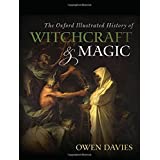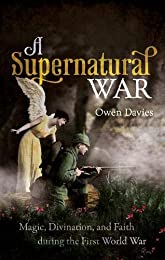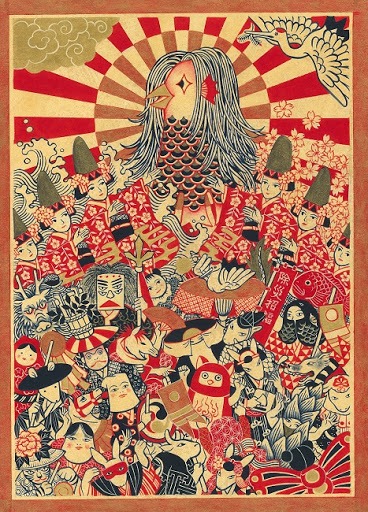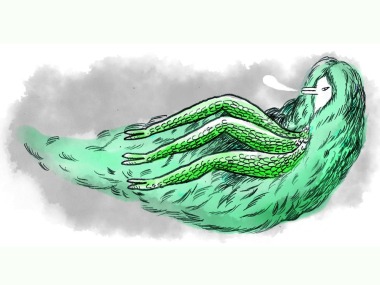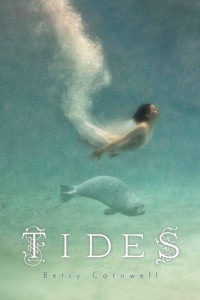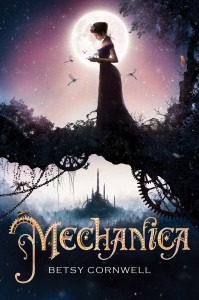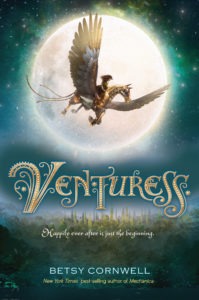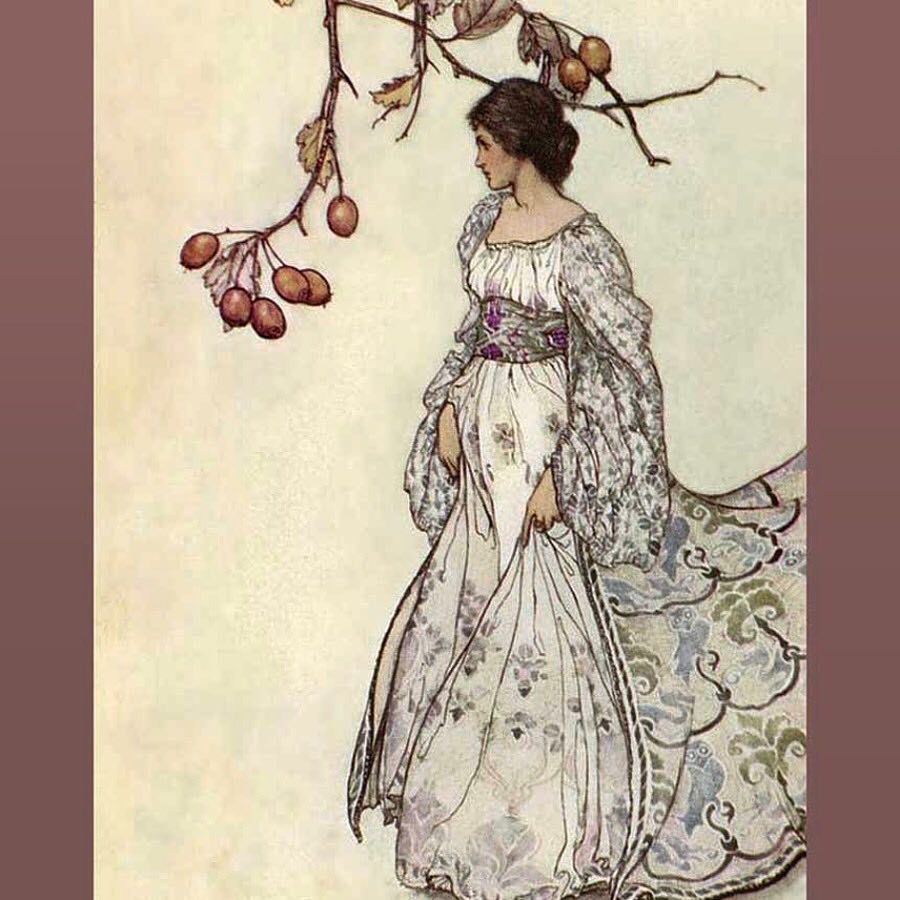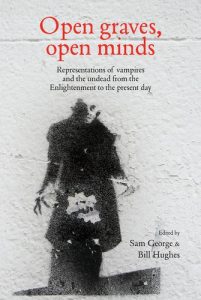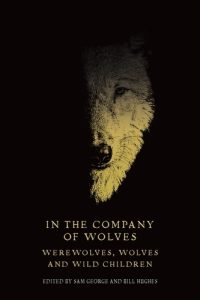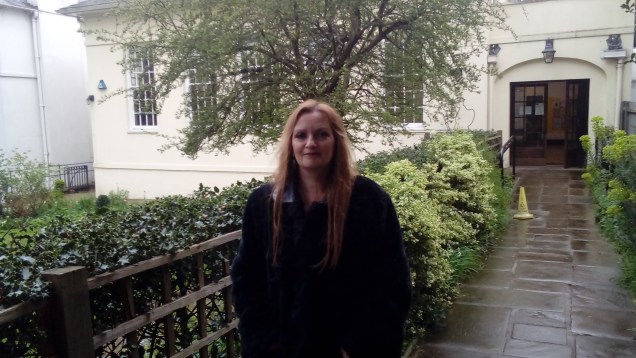
It is with great pleasure that I announce the promotion of Sam George to Associate Professorship. I’ve known Sam for many years and for the last ten we have worked together founding and developing the Open Graves, Open Minds Project.
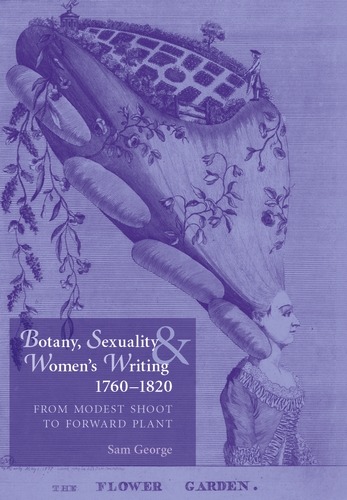
Sam began her academic vocation with research into the ambivalent production and reception of eighteenth-century women’s writing on botany; this was her PhD thesis and culminated in her monograph Botany, Sexuality and Women’s Writing, 1760-1830: From Modest Shoot to Forward Plant (MUP, 2007).
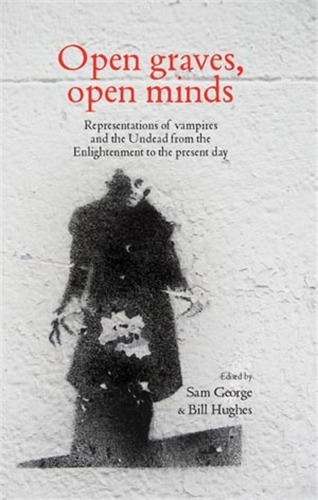
She then turned her attention to the literary vampire, particularly in Young Adult fiction, and has published research on that, notably in our edited collection Open Graves, Open Minds: Representations of Vampires and the Undead from the Enlightenment to the Present Day (MUP, 2013) and the special issue of Gothic Studies, 15.1 (May 2013). This research has fed productively into her teaching, culminating in the first MA module devoted to the vampire, ‘Reading the Vampire: Science, Sexuality and Alterity in Modern Culture’.

Sam’s research (and that of the OGOM Project) broadened to embrace other veins of Gothic and fabulous narrative, fostered by her many public talks and the conferences for which she was a driving organisational force. Thus the 2015 Company of Wolves conference addressed wolves, werewolves, and the wild children associated with them, resulting in our latest book, In the Company of Wolves: Werewolves, Wolves, and Wild Children (MUP, 2020). This is reflected, too, in Sam’s undergraduate module, ‘Generation Dead: Young Adult Fiction and the Gothic’. Sam has cultivated younger researchers, supervising the PhDs of Drs Kaja Franck, Jillian Wingfield, and Matt Beresford, and currently Daisy Butcher.
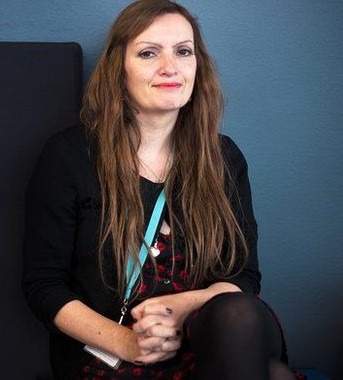
Sam’s current research is exploring Gothic fairies, with the prospect of a book on the topic (see, too, our forthcoming ‘Ill met by moonlight’ conference). She is also formulating ideas towards an ethical Gothic; this is included in an impact case study for REF entitled ‘Open Graves, Open Minds: Promoting empathy and interrogating difference through public engagement with Gothic narratives’ and there will be a symposium and publications. And she is conducting an investigation into the cultural significance of the shadow, which will bear fruit as her next monograph, In the Kingdom of Shadows; Optics, Dark Folklore and the Gothic.
I am very proud of what Sam has achieved with OGOM; it has been immensely rewarding to work with her and it is wonderful that her work has been recognised in this way.


